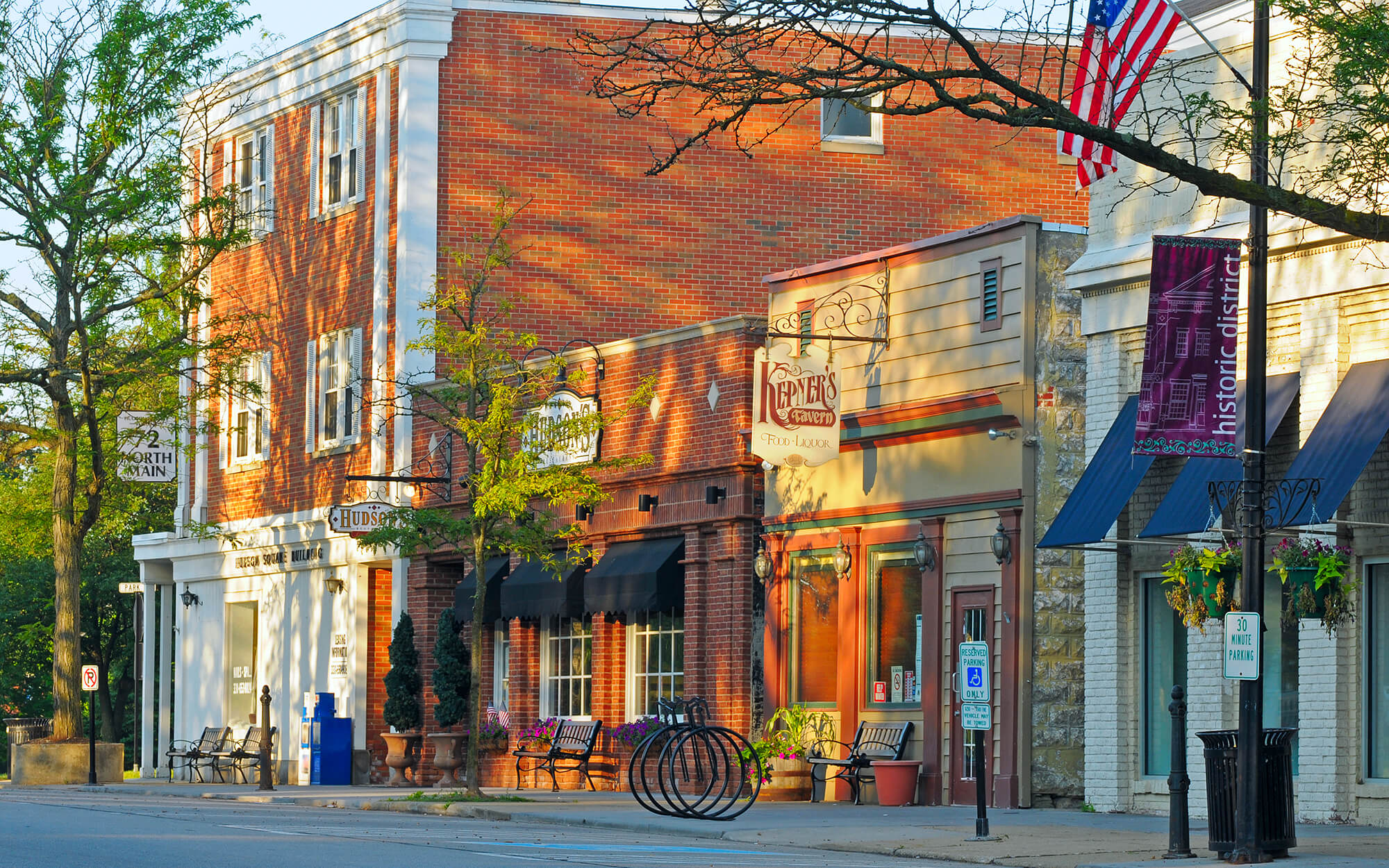When autocomplete results are available use up and down arrows to review and enter to select.
Unlike megabanks that often operate without a strong connection between where they gather deposits and where they make loans, community banks focus on reinvesting in the neighborhoods where their depositors live and work, fostering growth for local businesses and communities.
Find a Community BankCommunity banks are an integral part of Main Street; they reinvest local dollars back into the community and help create local jobs. Their relationship banking philosophy is ingrained in the way they conduct business, one loan—one customer—at a time. Local reinvestment helps small businesses grow and helps families finance major purchases and build financial security.
Community banks also are nimble in using new technology platforms, supporting emerging methods of payments and advocating tougher security standards to protect small-business owners and customers from hackers and other criminals.
Find a Community Bank Learn to Bank Locally
A thriving community banking industry is critical to restoring jobs, creating economic opportunity for all, and realizing our economic potential as a nation. To that end, we shared with the 119th Congress our policy priorities.
Read the LetterAs high-tech, high-touch lenders that specialize in relationship banking, community banks build better communities by prioritizing and investing in the customers and neighborhoods they serve.
— Preston Kennedy, president and CEO, Zachary Bancshares Inc., Zachary, La.

The information in these reports below is an ICBA analysis of FDIC branch and financial data. Included in the reports you will find information such as the number of operating community banks, assets, and more.
Local Focus: Unlike megabanks that often operate without a strong connection between where they gather deposits and where they make loans, community banks focus on reinvesting in the neighborhoods where their depositors live and work, fostering growth for local businesses and communities.
Relationship Banking: Community bank officers know their customers and may consider family history and discretionary spending in making loans. Megabank loan officers apply impersonal qualification criteria, such as credit scoring, without regard to individual circumstances.
Innovation: As high-tech, high-touch local financial institutions, community banks work with their customers to ensure they have access to innovative products and services while partnering with and investing in financial technology providers. A prime example of community bank innovation is showcased through ICBA’s ThinkTECH Accelerator.
Lending Leadership to Small Business: According to the Federal Reserve’s Small Business Credit Survey: Report on Employer Firms, community banks are the small business lender of choice.
Timely Decision-Making: Community banks offer nimble decision-making on business loans because decisions are made locally. Megabanks must often convene loan-approval committees located in another state, far away from their customers.
Community Engagement and Accessibility: Community bank officers are typically deeply involved in their local communities, while megabank officers are often detached from the communities where their branches are located.
As local small businesses themselves, community banks only thrive when their customers and communities flourish. They answer to Main Street. Megabanks are driven by shareholder value and answer to Wall Street.
For more resources to help tell the community banking story: Visit our marketing toolkit

Learn more about how minority banks still play a crucial role to many minority and low-to-moderate-income communities and small businesses, often serving as the only safe option for them to do business. Without minority banks, many minorities and low- to-moderate-income customers would be susceptible to predatory practices, such as payday loans and car title loans that only keep them in debt.